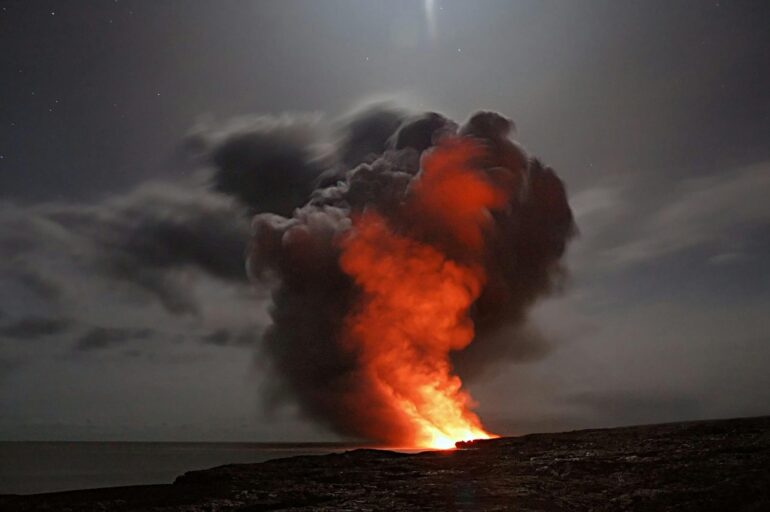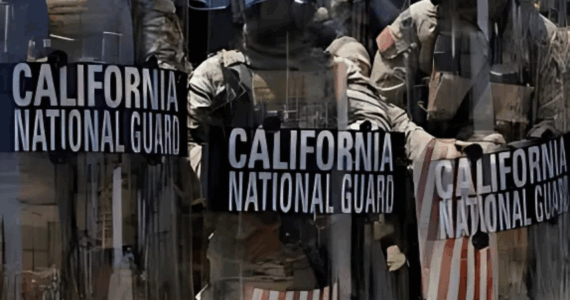In a shocking escalation of tensions in the Middle East, Iran launched a major attack on Israel, reigniting the region’s long-standing conflict. The world is watching with bated breath as both nations brace for what could be a larger, more devastating confrontation. So, what exactly happened, why did it unfold now, and what can we expect next? More importantly, how does this all impact America? Let’s break it down.
What Happened?
In the early hours of the morning, Israel was hit by a coordinated strike believed to be backed by Iran, involving missile attacks and drone strikes targeting key Israeli military installations and civilian areas. Casualties have been reported, though the exact numbers are still coming in. The Israeli government has already responded with retaliatory airstrikes, targeting sites in Iran and its regional allies, signaling a major escalation in the conflict.
While Israel has faced frequent skirmishes with Iranian-backed groups, such as Hezbollah in Lebanon and Hamas in Gaza, a direct strike from Iran itself marks a significant shift. Israeli officials have vowed to retaliate with full force, and the situation is quickly escalating, with fears of a broader conflict on the horizon.
Why Did This Happen?

Tensions between Iran and Israel have been simmering for decades, fueled by deep ideological differences and territorial disputes. But this latest attack has been driven by a combination of long-term strategic goals and recent military provocations. Here’s why it’s happening now:
- Israel’s Recent Attack on Iran: In the weeks leading up to this incident, Israel launched airstrikes on Iranian military facilities in Syria and Iraq, targeting infrastructure that Israel believed was part of Iran’s efforts to build up a stronger military presence near its borders. Iran’s recent attack could be a direct retaliation for Israel’s aggressive military actions in the region.
- Iran’s Nuclear Program: Iran’s nuclear development has been ramping up, and Israel has grown increasingly anxious about the possibility of a nuclear-armed Iran. Israel’s recent military strikes targeting Iranian infrastructure may have triggered this retaliation.
- Regional Power Struggles: With the shifting balance of power in the Middle East, particularly following the U.S. withdrawal from Afghanistan and the ongoing war in Ukraine, Iran may feel emboldened to assert its dominance in the region.
- Israel’s Targeting of Hezbollah: Israel has also been actively targeting the Lebanese armed group Hezbollah, which is closely allied with Iran. This has heightened tensions further, as Hezbollah has vowed to retaliate against any Israeli incursions, contributing to the current conflict’s volatility.
- International Sanctions: Iran has been suffering from crippling international sanctions imposed by the U.S. and its allies. These sanctions, along with internal political pressures, could be pushing Iran’s leadership to take more aggressive military actions to distract from domestic unrest.
This recent back-and-forth of military actions between the two nations has now escalated into a larger, more dangerous conflict, with both sides refusing to back down.
What to Expect Next?
The immediate future looks grim as both Israel and Iran seem poised for further military escalation. Here’s what we can expect in the coming days and weeks:
- Increased Military Action: Israel is unlikely to back down after such a bold attack. Expect to see more airstrikes, potential ground operations, and further clashes across the region. Iran will likely continue supporting its regional allies, which could lead to broader conflict involving countries like Lebanon, Syria, and even Iraq.
- Diplomatic Responses: The international community, particularly the U.S. and European nations, will likely rush to de-escalate the situation. However, with both Israel and Iran unwilling to show weakness, diplomatic talks may struggle to gain traction.
- Economic Fallout: Markets are already reacting to the news, with oil prices spiking amid fears of supply disruptions from the Middle East. The global economy, already reeling from inflation and supply chain issues, could face further instability if the conflict drags on.
What Does This Mean for America?
For the U.S., this conflict presents a delicate situation. As Israel’s strongest ally, America is expected to provide political, military, and possibly financial support. The U.S. has long maintained a presence in the Middle East to stabilize the region, but with Iran openly defying international pressure, the stakes are higher than ever.
Here’s what this could mean for Americans:
- Rising Oil Prices: The Middle East is a crucial region for oil production, and any disruption to this supply could lead to higher gas prices in the U.S. With Americans already feeling the pinch from inflation, an extended conflict could push fuel prices even higher.
- Increased Military Involvement: The U.S. has a history of military involvement in Middle Eastern conflicts, and depending on how things unfold, there could be calls for increased American military aid or even direct intervention. This could mean higher defense spending and possible troop deployments.
- Political Divisions: Any U.S. involvement in the conflict could deepen political divides at home, with differing opinions on how the country should handle its relationship with Israel and Iran. With the 2024 elections around the corner, foreign policy will be a major talking point.
Final Thoughts
The recent attack on Israel by Iran is more than just another conflict in the Middle East—it’s a potential turning point with global implications. As both countries gear up for what could be a prolonged fight, the world is left wondering how far things will escalate and what the international fallout will be. For Americans, the stakes are high, with potential economic and political consequences looming.
Stay tuned, because this story is far from over. How do you think this conflict will play out, and what should America’s next move be? Let us know in the comments!
Follow MEFeater on Twitter, Instagram, Facebook, and Pinterest for more international news and updates.










